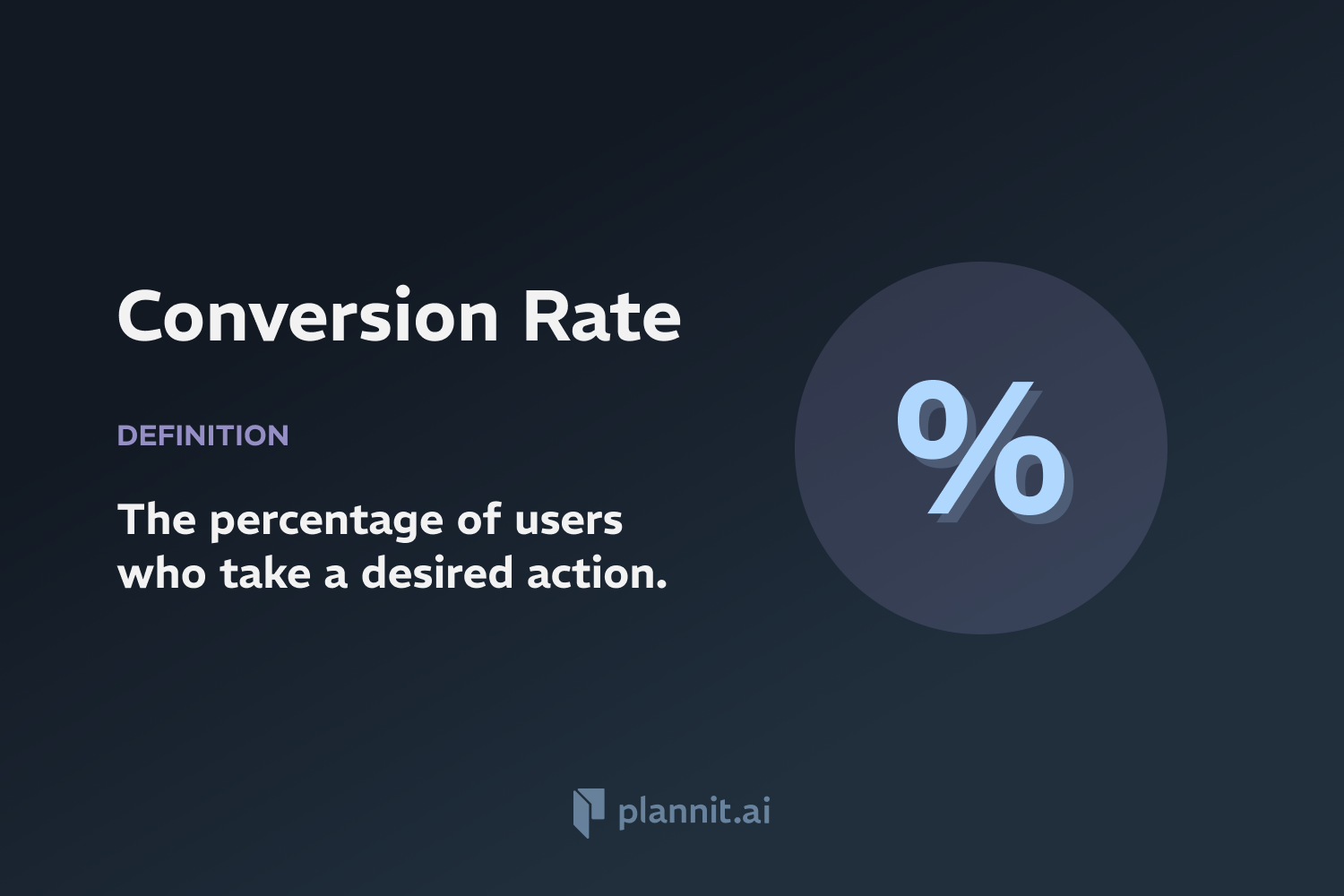Need Help With Your Business Plan?
Answer tailored questions and get a detailed business plan in minutes.
Investment: Definition & In-Depth Explanation
Definition:
Investment refers to the act of allocating resources, typically financial assets, with the expectation of generating future financial returns. This can include purchasing financial instruments, real estate, or other assets with the aim of earning income or appreciating in value over time.
Context of Use:
Investment is a fundamental concept in finance, economics, and business management. It plays a crucial role in personal finance, corporate strategy, and economic development. Investors can be individuals, companies, or governmental entities.
Purpose:
The primary purpose of investing is to build wealth over time and achieve financial goals, such as funding retirement, education, or other long-term plans. Investments are crucial for businesses and economies because they fuel growth and innovation.
Example:
Stock Market Investments: Buying shares of companies with the expectation that their value will grow over time.
Real Estate Investments: Purchasing property to generate rental income or to sell at a higher price in the future.
Related Terms:
Return on Investment (ROI): A measure used to evaluate the efficiency of an investment or compare the efficiencies of several different investments.
Asset: Any resource owned by an individual or corporation expected to produce future economic benefits.
Portfolio: A collection of investments held by an individual or institution.
FAQs:
1. What are the different types of investments?
A: Common types include stocks, bonds, mutual funds, real estate, and commodities, each with different risk and return profiles.
2. What factors should be considered before investing?
A: Factors include the investor’s risk tolerance, investment duration, financial goals, and the current economic climate.
3. How do investments generate returns?
A: Returns can come from profit share (dividends), interest earnings, rent, or capital gains from the sale of the investment at a higher price.
4. What is the risk-reward ratio in investing?
A: This ratio represents the potential return of an investment relative to its risk, with higher returns usually requiring a higher tolerance for risk.
5. How can diversification reduce investment risk?
A: Diversification reduces risk by spreading investments across various financial instruments, industries, and other categories to minimize the impact of any single underperforming asset.
Get funding with a business plan that will impress investors.
Starting a New Business?



